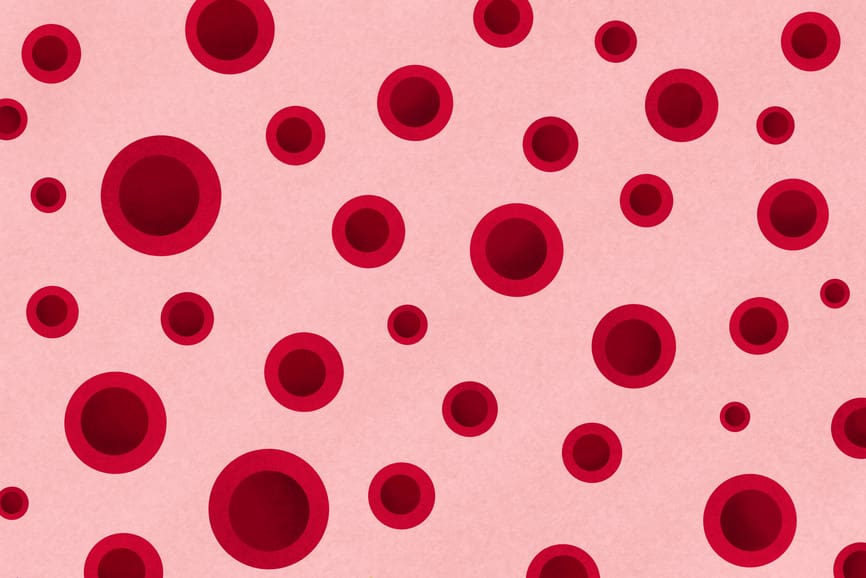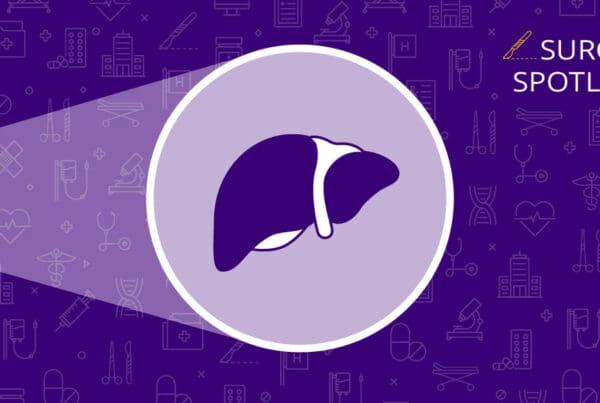Highlights | UW Medicine blood collection 101
- January is National Blood Donor Month.
- Bloodworks Northwest collects most of the blood for UW Medicine facilities.
- UW Transfusion Services provide blood that saves over 1,000 lives at UW Medicine every year.
January is National Blood Donor Month, which means there’s no better time to explore how blood is collected and used within UW Medicine. We can also take a closer look at how donated blood can save patients’ lives in our community and around the country — and how all of us can help.
Where does UW Medicine get its blood supply?
Though UW Medicine gets its donated blood from a couple of different institutions, including the American Red Cross, UW Medicine Transfusion Services mainly works with Bloodworks Northwest — a facility with a strong presence in Seattle and in Washington State.
“We work in close collaboration with several blood centers to obtain units of blood, mainly from Bloodworks Northwest and the American Red Cross, and we use it for our patients,” says Monica B. Pagano, MD, division head of Transfusion Medicine at the UW School of Medicine, medical director of the Transfusion Service Laboratory at UW Medical Center and associate medical director of the Transfusion Service Laboratory at Harborview Medical Center.
“The way I think about it is, we all play a part in supporting patients: the blood center collects blood from community donors, and the hospital transfusion service makes it available for patients in need.”
Regardless of what blood supply facility collects the donation, the blood goes into a “general fund” that supplies places all over the city. So, your blood might go to Seattle Children’s, Fred Hutchinson Cancer Center, Swedish Medical Center or here at UW Medicine.
It can even go across the country, like when there’s an event with mass casualties, a disaster or a catastrophe. When that happens, blood suppliers in different regions often pitch in to help each other — ensuring the area in trouble has enough blood to help the people in need.
“This shows that when you donate blood, you may not only save a patient’s life where you live, but it also has the potential to save patients that live across the country,” says Pagano.
The ins and outs of blood collection
For the actual collection process — that all comes down to science. There are different blood groups, which is important to understand because blood types are determined by certain antigens (markers to determine if something doesn’t belong in the body) that are present, or absent. If a person is transfused with a blood type that is not compatible with their blood type — it could be a dangerous situation where the body rejects the transfusion, causing a severe reaction. Statistics show that most donors and patients are type O, then type A, followed by B and AB, which influences the type of blood and how much each facility orders.
Also important to know? The universal blood donor type (which means that it can be used by anyone, regardless of their own blood type) is O, and the universal plasma type is AB, but all types are welcome — and needed.
And donating is actually quite simple. When donors come in, typically they need to answer a donor health questionnaire and give a unit of whole blood, and then the manufacturer — like, Bloodworks — will process that whole blood unit into different components: red blood cells (cells that are needed to carry oxygen) and plasma (the liquid part of the blood that carries proteins to prevent bleeding). Which also means that a single blood donation can impact (and save) the lives of two different people.
Though that’s the most common way it works, it is also possible to just donate certain components of whole blood. Pagano explains that, for instance, type O-negative red blood cells are always in high demand. So, through a process called apheresis, donors can be connected to a special machine and donate only red blood cells. The same goes for AB donors — just the plasma (which is universal) can be collected, and the red blood cells go back to the donor. The benefit of the apheresis donation is that the blood center collects only what is needed.
Apheresis collections are the main strategy to collect platelets that are always in high demand. One single apheresis collection can result in 2 or 3 units of platelets, meaning that one donation can save 2 or 3 lives. There are donors who are committed to donating platelets several times a month.
How blood supply is used at UW Medicine
According to Pagano, between Harborview Medical Center, UW Medical Center (Montlake and Northwest campuses) and Fred Hutch, more than 65,000 units per year are transfused.
Blood that goes to Harborview is mostly used in the emergency department for trauma patients and in operating rooms for orthopedic surgery. At UW Medical Center, blood is often used for patients who need cardiac surgery, and heart, liver or bone marrow transplants and high-risk obstetrics patients who are dealing with complications that may cause more bleeding during delivery.
Cancer is another area where blood donations make a big difference.
“In order for a patient to undergo strong and often curative chemotherapy and other cancer treatments, they do need to receive blood transfusions to keep them alive,” explains Pagano. “Very strong chemotherapy and other cancer treatments can impair the production of red blood cells or platelets, so they depend on the red blood cell and platelet transfusions to receive these treatments.”
How much blood is enough?
Based on the patient populations UW Medicine serves, the UW Transfusion Services experts can predict how much blood is needed to take care of patients. Though it’s hard to get an exact number, Pagano estimates that every day hundreds of donors are needed to keep things afloat — which is exactly why donors are so essential. Just to have an idea of the magnitude and importance of blood donations, UW Medicine always needs approximately 300 units of red blood cells and 60 platelets on their shelves to ensure patients can undergo life-saving interventions.
And, though it’s difficult to give a hard and fast number of how many lives are saved every year because of blood donations, Pagano estimates that at UW Medicine’s medical facilities, it’s approximately more than 1000 lives a year.
How Seattle stacks up
When it comes to Seattle specifically, the community does a good job of donating their blood — though of course, more is always needed.
“There is a lot of engagement,” says Pagano, “but we would really like to see the younger generations, and all areas of the community, committing to blood donations, since, typically, older individuals have been more committed to regular donations.”
The benefits of younger individuals, like college students, embracing this habit long-term will ensure the continued availability of blood. It’s been shown that the blood supply is stronger and safer when it is composed of dedicated donors.
Plus, donating blood is safe, with strict rules about how often one can donate. Those rules are intended to protect the donors and are regulated by the Food and Drug Administration (FDA). Many donors can safely give blood every 2 to 3 months, and platelets several times a month with no problems.
The FDA recently made several modifications to the blood donation eligibility criteria, introducing the individual risk assessment, making blood donation fair and available to the entire community.
Get involved and donate blood
Donating blood is easy — people can donate through Bloodworks Northwest or the American Red Cross, and can even schedule appointments to donate online.
“When it comes to blood donation — it’s something simple that takes less than an hour for the most part, and you can literally save a patient’s life,” says Pagano. “Every day, blood donors are saving patients’ lives: patients that are undergoing trauma, complex cardiac surgeries, transplant surgeries or patients with cancer.
Not sure if you’re eligible to give blood? Connect with your local blood collection facility to get more information.
Here’s how to donate
- Call Bloodworks Northwest at 800-398-7888 or visit bloodworksnw.org
- Call the American Red Cross at 1-800-733-2767 or visit redcross.org/local/washington
- Call Cascade Regional Blood Services at 1-877-242-5663 or crbs.net



